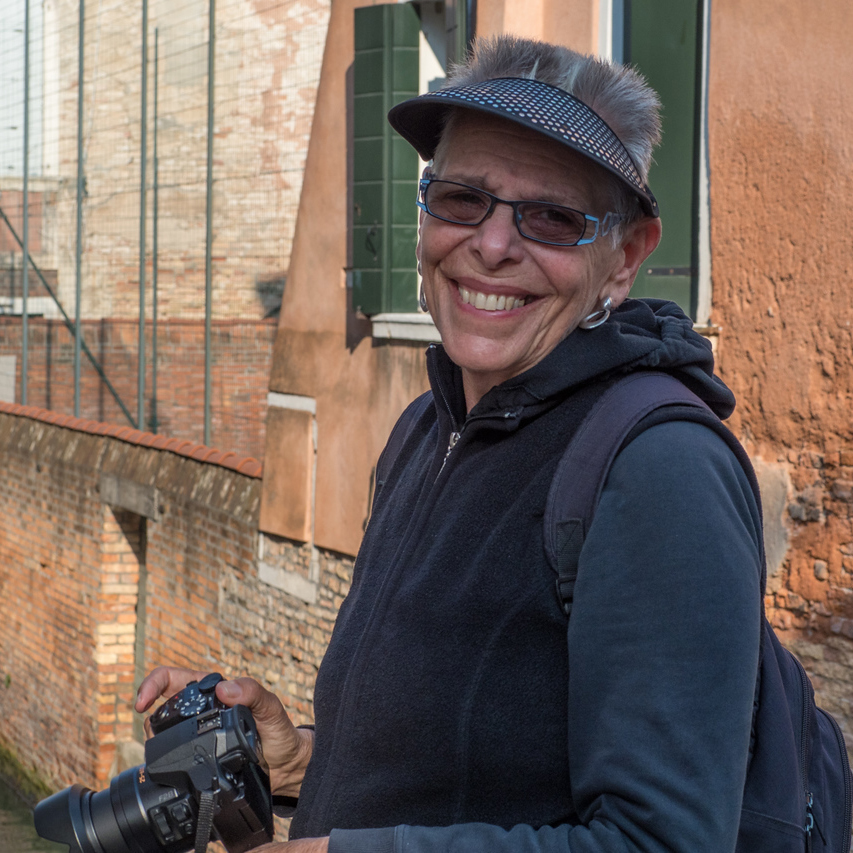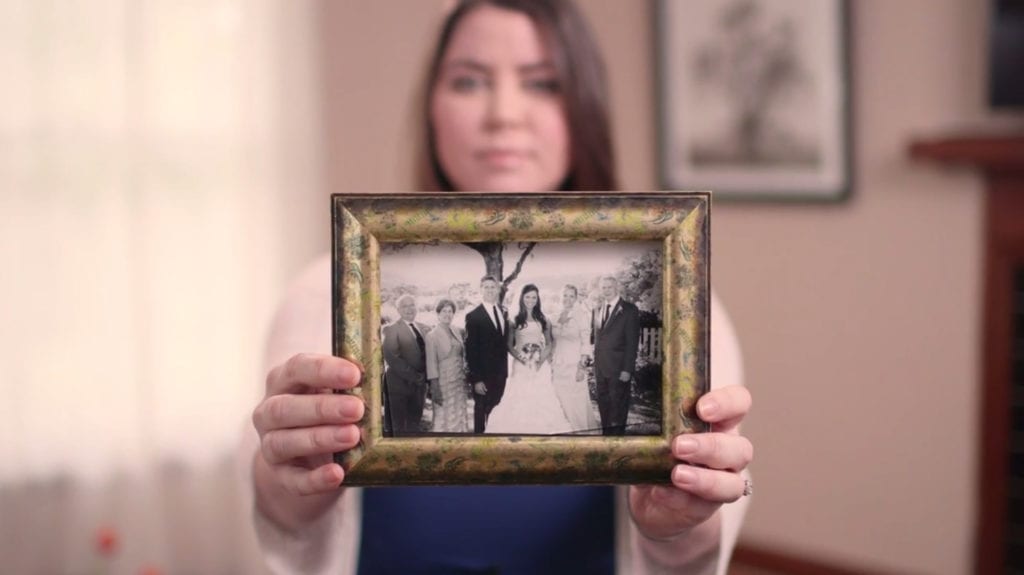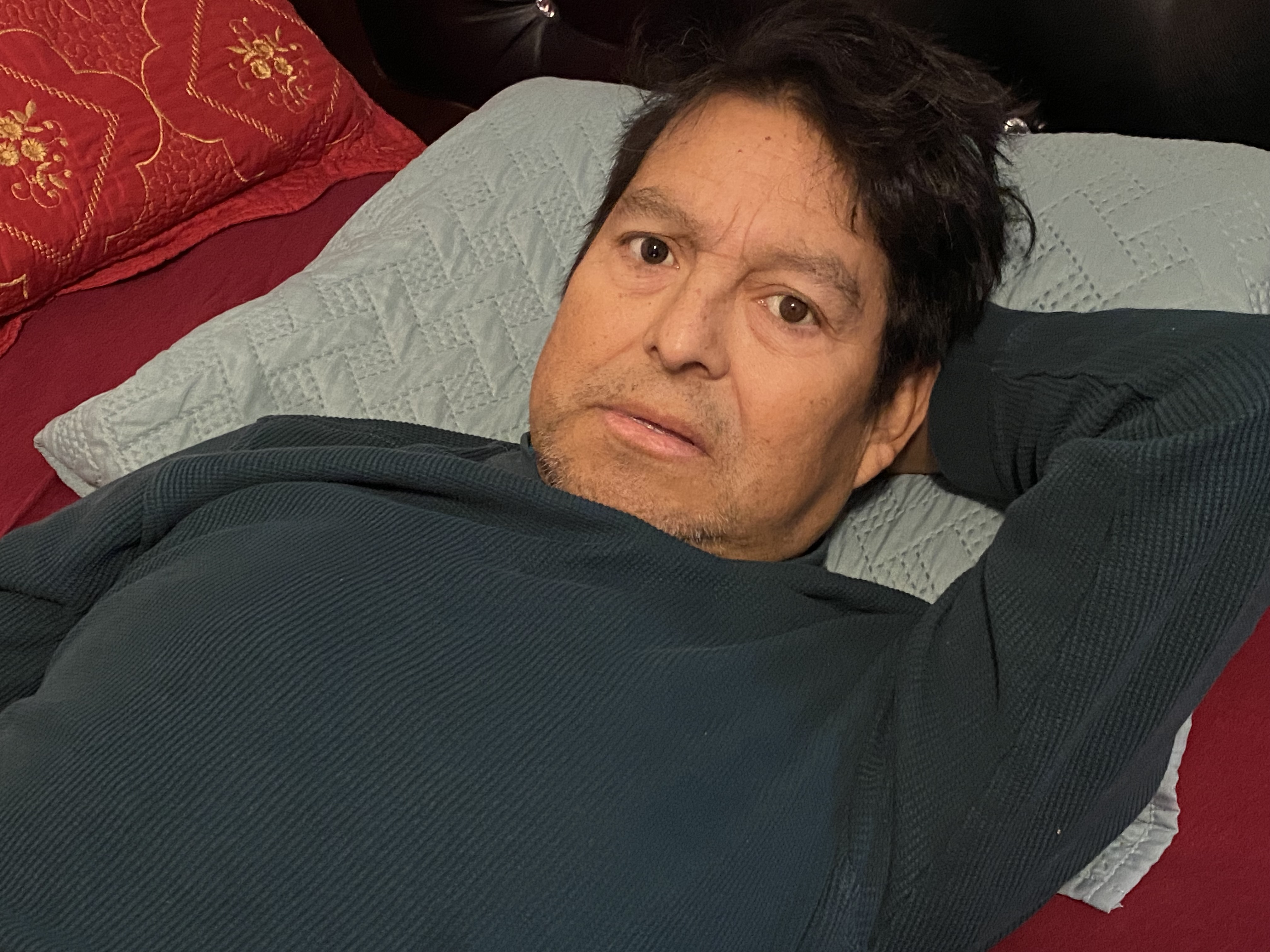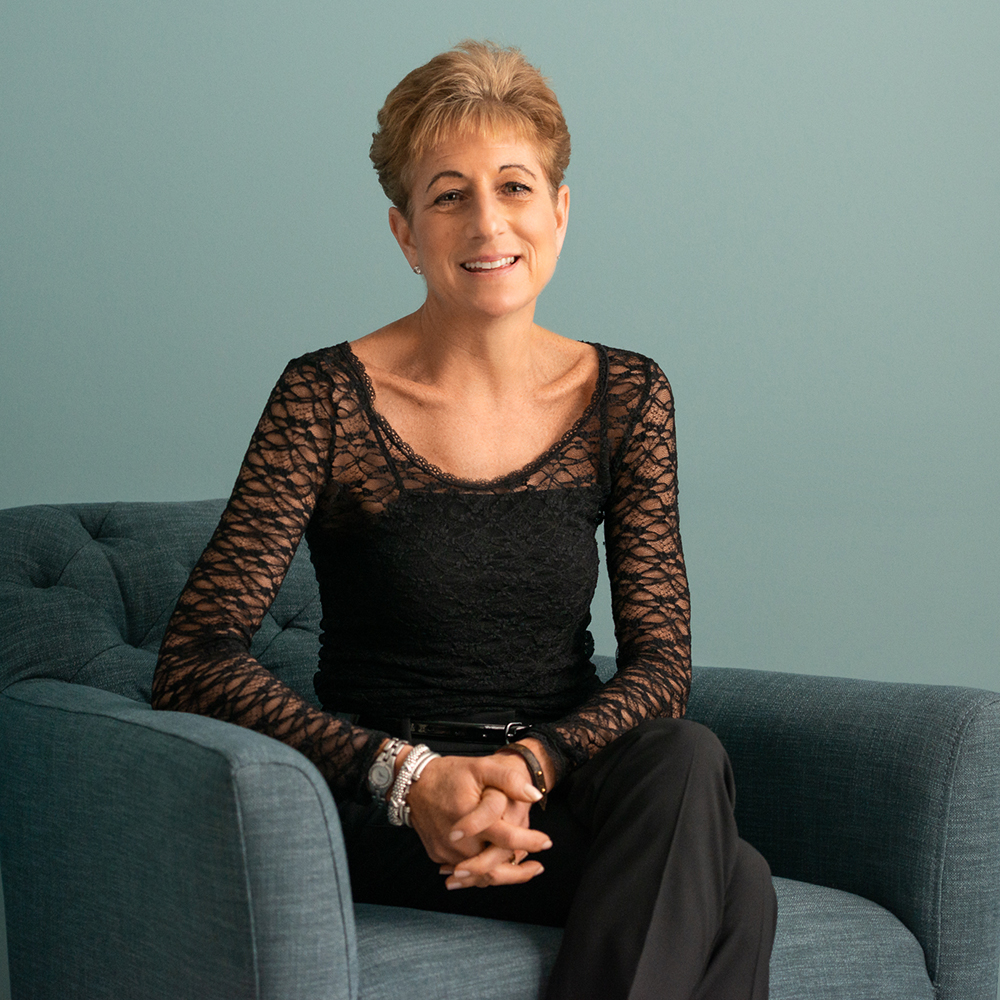Rita Florea shared her story in December of 2022.
In April 2022, I was diagnosed with non-small cell adenocarcinoma lung cancer. The oncologist offered me chemotherapy and immunotherapy. She said they could give me an infusion at the same time as chemo that would help manage the nausea — for three days at a time — and that the chemotherapy might buy me two more years. I didn’t think that sounded good at all. Two more years of stress and anxiety, of not being able to breathe?
I told my doctor, “I don’t want any of those things.” I told her I wanted to explore the possibility of accessing California’s End of Life Option Act when the time came. She replied that without chemo, about 50% of patients die within 10 months.
For most of my life, my bucket has been overflowing with the good stuff — good family, good friends, good career, good fortune and good hobbies, including my lifelong dedication to speaking Spanish, my tai chi practice, my photography and extensive travels.
So when I got my diagnosis, I put together an email to my loved ones with a haiku to go with my photography: “Our time on this earth / A mere drop in the bucket / Yet each drop precious.” I let everyone know about my condition, and that I want my celebration of life while I’m still around. I asked them to fill my life with happy distractions from the everyday: calls, cards, letters, even over-the-phone cocktails. And they delivered! It’s been a beautiful time of my life. Everyone should have this opportunity instead of having people talk about them after they’re gone. I feel like the most loved person on the planet.
I often think about two scenes from the documentary film How to Die in Oregon. It follows two patients: one, an older gentleman, takes his medication, lies down on a cot next to his window with a beautiful view, and starts singing, “Glory, glory hallelujah.” The other is a woman suffering from cancer whose last words are, “Oh, this is so peaceful.” Who wouldn’t want to die like that? I want to spend my last moments in my home of 46 years surrounded by loved ones, and medical aid in dying will allow me to do that.
Unfortunately, my path to getting a prescription for a peaceful death proved quite challenging. The first oncologist referred me to an integrative M.D. who would come to my home and, if I were deemed within six months of dying, would return 48 hours later to confirm my wishes. His charge for these two visits? $4,000. Not knowing another route, I agreed.
I asked the integrative doctor what symptoms would define a six-month prognosis, but he remained vague. Despite pressing for clarification from him and my oncologist on what to expect in the coming months, the consistent reply was “diminishing overall.” I was never offered any information about what stage my cancer was in. After five months as their patient, I was told that I would be within six months of death when I “could no longer take care of myself.”
Meanwhile, my cousin, who is a doctor and attended my oncology appointments via phone, suggested I have a chest X-ray to see if there was any excess fluid that could be drained to help my declining respiratory system. At my next oncology appointment, my file still hadn’t been updated with the radiology report. That was the final straw. I knew I needed a new doctor, and in October 2022, I found one at UCSD Moores Cancer Center.
By our third appointment, my new oncologist had examined the X-ray images, drained the excess fluid in my lungs and identified my cancer as stage 4. She was willing to certify that I qualified for the End of Life Option Act.
“Wow,” I thought. “This means that she believes I have less than six months to live.” Thankfully, in contrast to the information I had been given by my other doctors, my prognosis was based on criteria other than whether I could “take care of myself.”
Now there was no time to lose: I still needed to find a second doctor who confirmed my terminal diagnosis in order to receive an aid-in-dying prescription. UCSD referred me to a hospice that works with the End of Life Option Act (not all do), but after a week dealing with a totally disorganized hospice phone system and never hearing from the physician, I started looking at other options. Luckily, I had a referral from my integrative doctor to a hospice service, which I now contacted.
What a difference your healthcare team makes in determining how you’ll spend your last days! It was such a relief when this hospice doctor said he’d be happy to help care for me and confirm my terminal diagnosis, and that there would be no charge for his services; they were covered by hospice.
Less than two weeks after enrolling, I received my prescription and the medication was delivered to my home. Although the medication cost me more than $700, it was worth it for the peace of mind I now have.
Currently, my breathing has diminished to the point that I struggle to speak, which is a challenge since there’s not much more you want to do at the end of your life than reminisce with friends and family. During the day, I’m always cold. Still, I’m fully able to care for myself, carry on with my life and welcome throngs of visitors. I spend time sitting on my patio in the sun, book in hand — one of my favorite things to do.
Having the medication in hand means that now I have control and there’s no more anxiety about how I will die. I tell my friends, “Be happy for me, not sad.” To quote one of my favorite buttons in my button collection, “If you like sleep, you’ll love death.” That’s my philosophy, along with one I’ve adopted from The Brilliant Life of Eudora Honeysett by Annie Lyons: my life, my death, my way.






